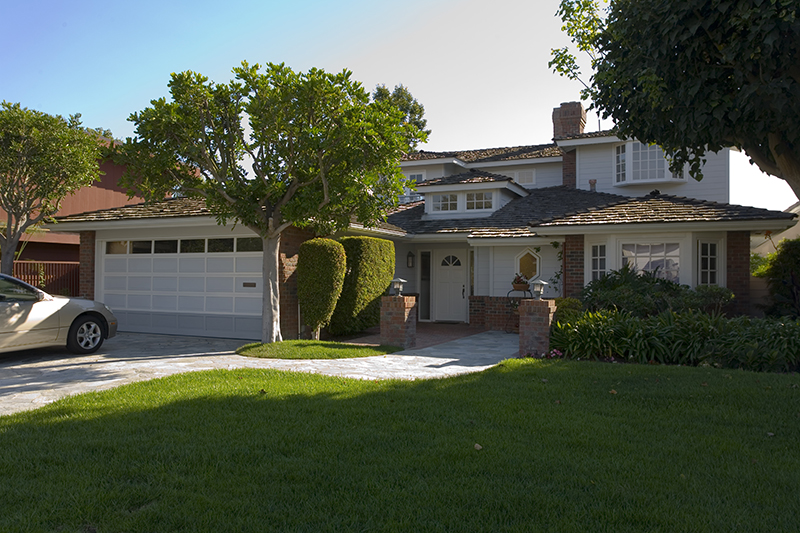What Are the Types of Foreclosure?
Find out how judicial foreclosure differs from nonjudicial foreclosure.

In the United States, individual states follow either a judicial or nonjudicial foreclosure process, typically depending upon whether they are a mortgage state or deed of trust state. However, you may safely assume that all states allow some form of judicial foreclosure process.
We have highlighted below some important points to remember about each type of foreclosure. This is a general overview and in no way represents each process in its entirety.
Judicial foreclosure
- The lender seeks to foreclose by filing a civil lawsuit against the borrower and serving the borrower with a formal summons and foreclosure complaint.
- The foreclosure process is handled through the local court system. The court appoints a referee to conduct the foreclosure auction on the courthouse steps.
- The lender records a lis pendens with the county clerk where the property is located. This lis pendens becomes a lien on the property and gives notice of the pending foreclosure auction.
- The court grants a judgment permitting the lender to conduct the foreclosure auction.
- The Notice of Foreclosure Sale (NFS), which announces date, time and place of the auction, is published and sometimes posted (depending on the locale) for a certain period of time prior to auction.
- Generally, the borrower can stop the foreclosure by repaying what he owes up to the moment of sale.
- The process can take from four to eight months to complete if no one raises any legal objections to the foreclosure.
Nonjudicial foreclosure
- This is followed in deed of trust states. A deed of trust conveys an interest in real property to a third party (the trustee) to hold as security for repayment of a debt.
- The trustee has the authority to initiate foreclosure proceedings by virtue of a power of sale clause included in the mortgage or deed of trust.
- The trustee records a Notice of Default (NOD) with the county clerk where the property is located. This document gives notice of an impending foreclosure and grants the borrower a period of time in which to object to the lender’s claim or pay what he owes.
- The borrower may not stop the foreclosure after the expiration of this time period.
- Following the expiration of a predetermined amount of time (which varies from state to state), the trustee records a Notice of Trustee’s Sale (NTS) with the county clerk. This notice establishes the date, time and place of the foreclosure auction.
- It can take up to 12 months to complete a foreclosure, depending upon the state.
It is important to remember that neither judicial nor nonjudicial foreclosures are one-size-fits-all. Each state follows its own established foreclosure laws and procedures. Consult with a foreclosure specialist in your state to protect your rights during a foreclosure.
Tags

Written by
Zillow
02.13.2018
How much home can you afford?
At Zillow Home Loans, we can pre-qualify you in as little as 3 minutes, with no impact to your credit score.
Zillow Home Loans, NMLS # 10287. Equal Housing Lender
Get pre-qualified


